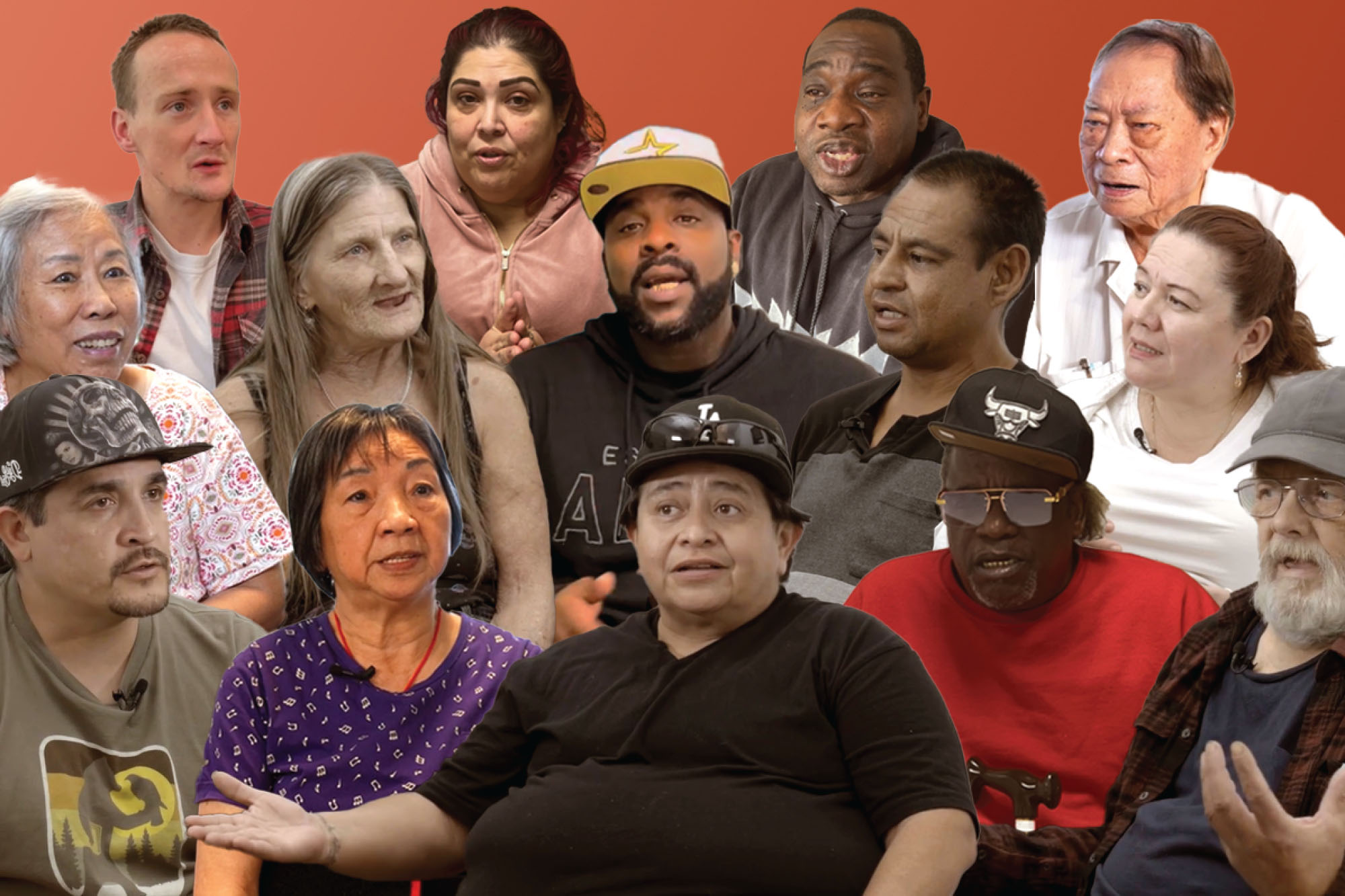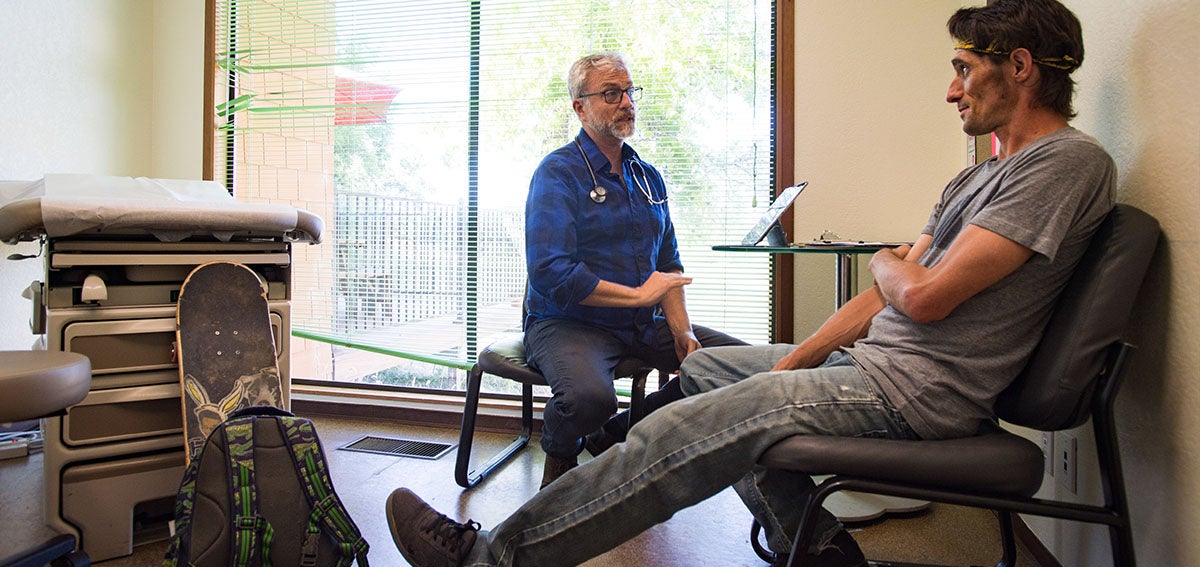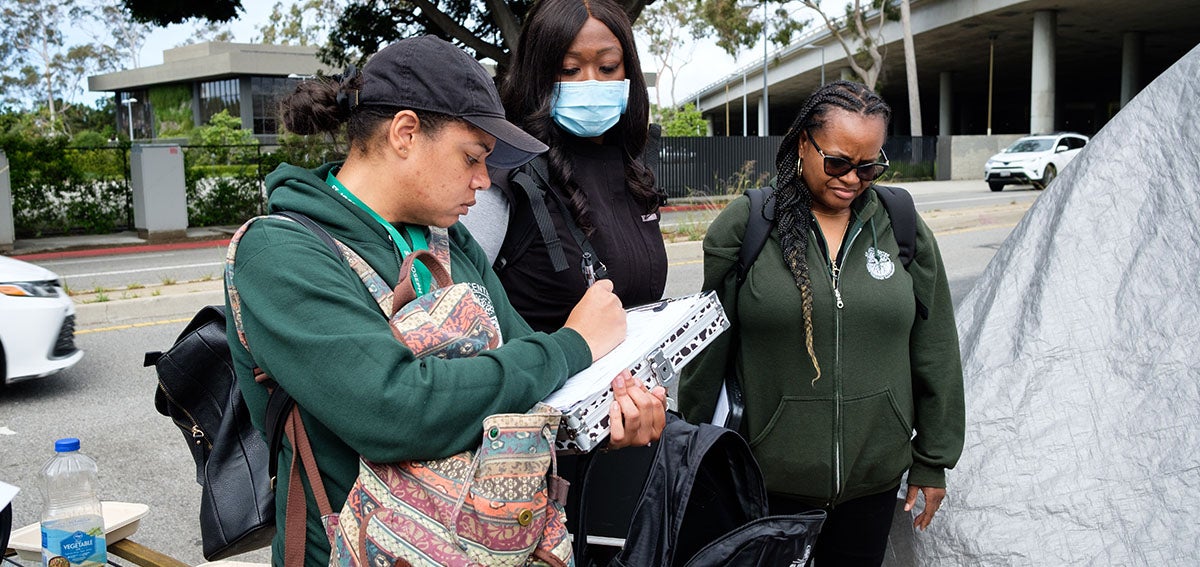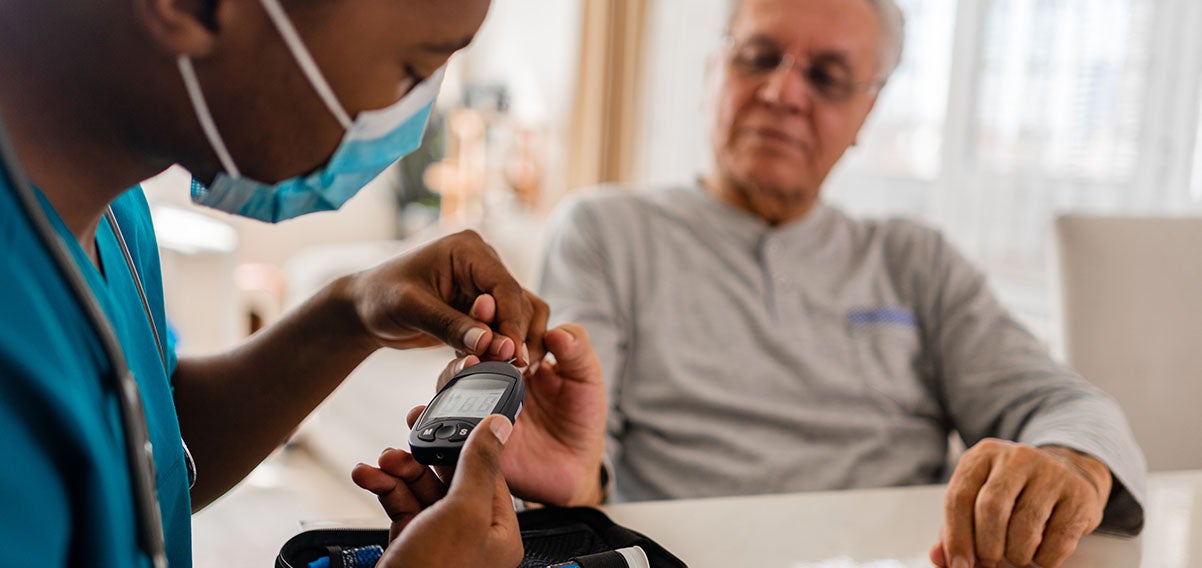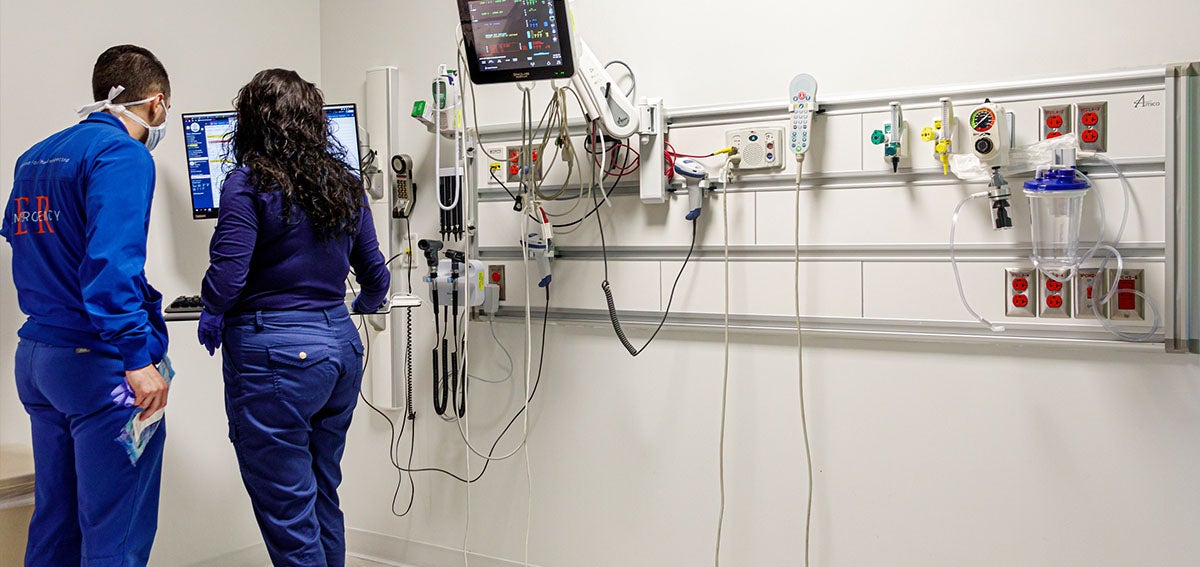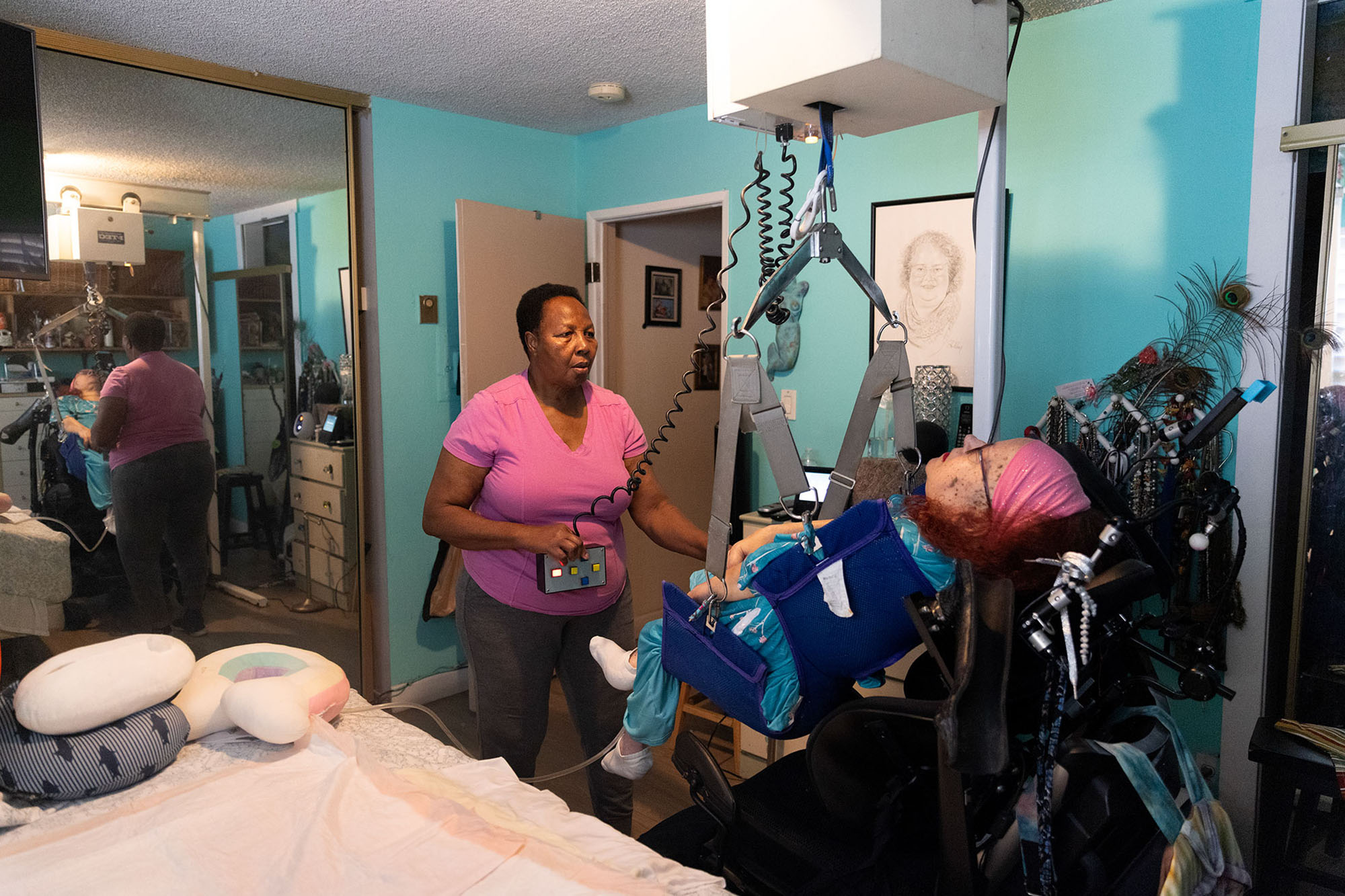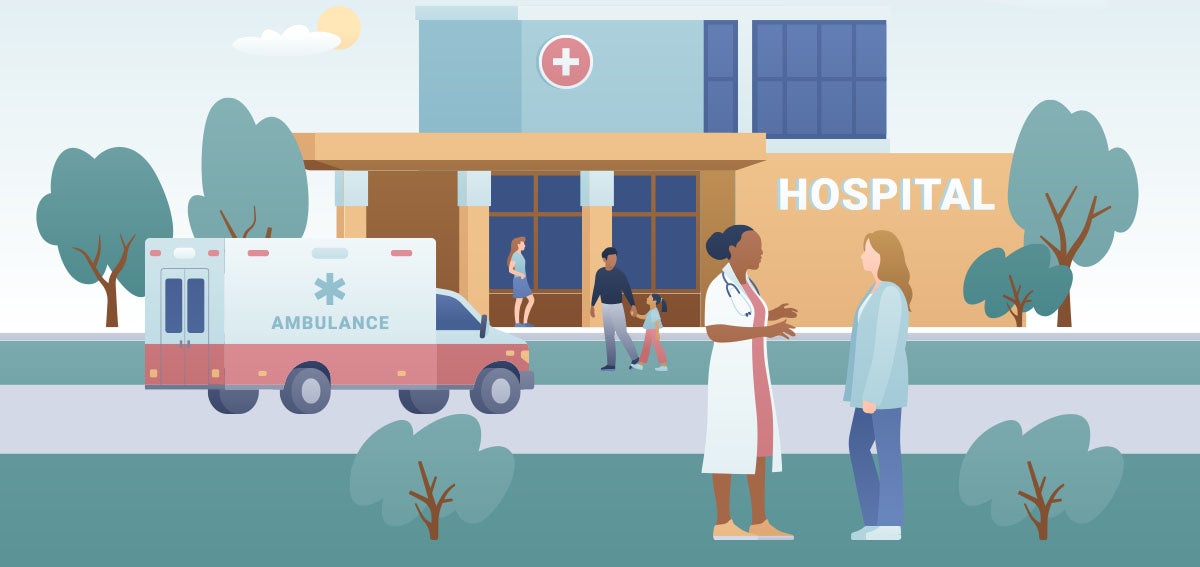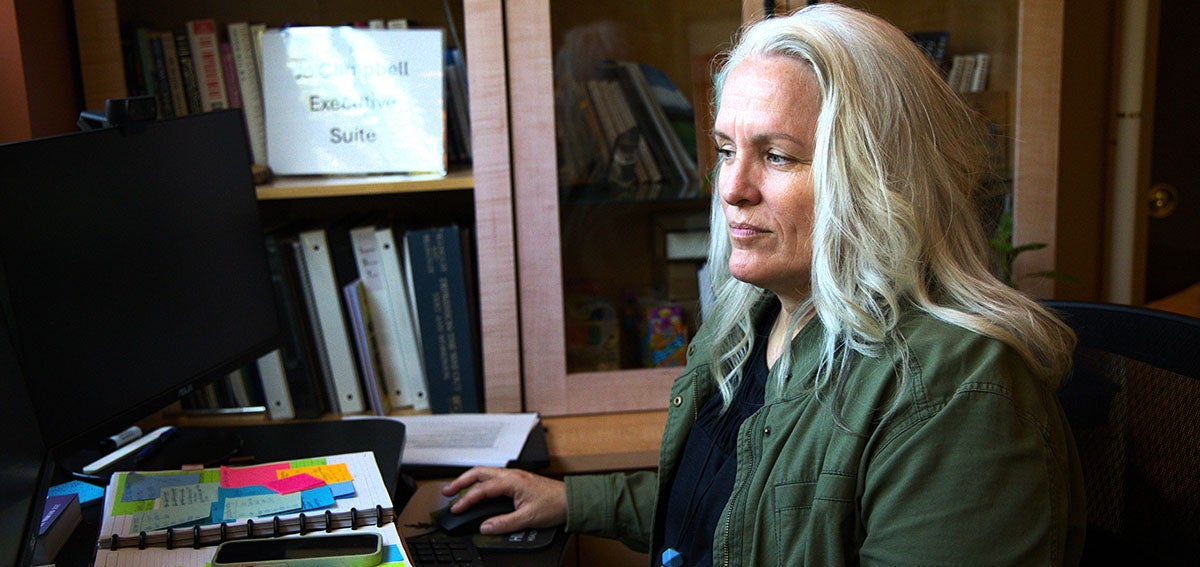In January 2022, the California Department of Health Care Services launched California Advancing and Innovating Medi-Cal (CalAIM). This major reform has the potential to improve outcomes for the millions of people enrolled in Medi-Cal. It also offers an unprecedented opportunity to move to a more integrated and people-centered approach to care for people with the most complex health and social needs, including those with behavioral health conditions, people experiencing homelessness, and older adults with low incomes, among others. Too often, these groups have difficulty navigating the complexity of the current Medi-Cal system, where a lack of coordinated care, including access to social supports, can lead to poor outcomes and inefficiency.
CalAIM builds on what has worked in other initiatives. If successfully implemented, CalAIM could change these outcomes by achieving the following goals:
- Make services more standardized and more equitable across the state, bringing consistency to the current patchwork of programs that vary by county.
- Ensure that the Californians who need the most help and support actually get it — by emphasizing proactive outreach to bring people with complex needs into care and offering a “no wrong door” approach to people seeking help.
- Enable Medi-Cal managed care plans to couple clinical care with a range of new nonmedical services. Those services, which will be reimbursed by Medi-Cal, include housing supports, medical respite, personal care, medically tailored meals, and peer supports.
- Make plans and public health systems more responsive, equitable, and outcome focused by:
- Focusing on population health, which involves matching the right patients to the right services at the right time, increasing equity
- Implementing payment reform to lay the foundation for paying physical and behavioral health providers based on outcomes rather than services
- Requiring plans to coordinate access to services provided by counties and community-based organizations


